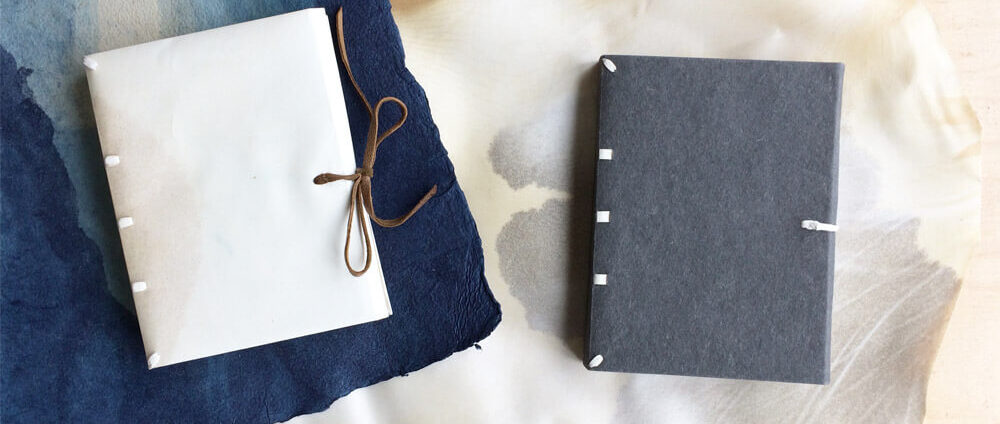Workshops
Learn the ancient art of limp vellum binding in our hands-on class, discovering the durable, flexible and elegant bookbinding method used for centuries.
There are no available registration dates at this time.
SOLD OUT! Email [email protected] to be placed on a waitlist.
Note: This Course will be held in a live, Online Format using the Zoom Platform.
The class meets Tuesdays & Thursdays, Sep 5-14 from 6-8:30pm ET.
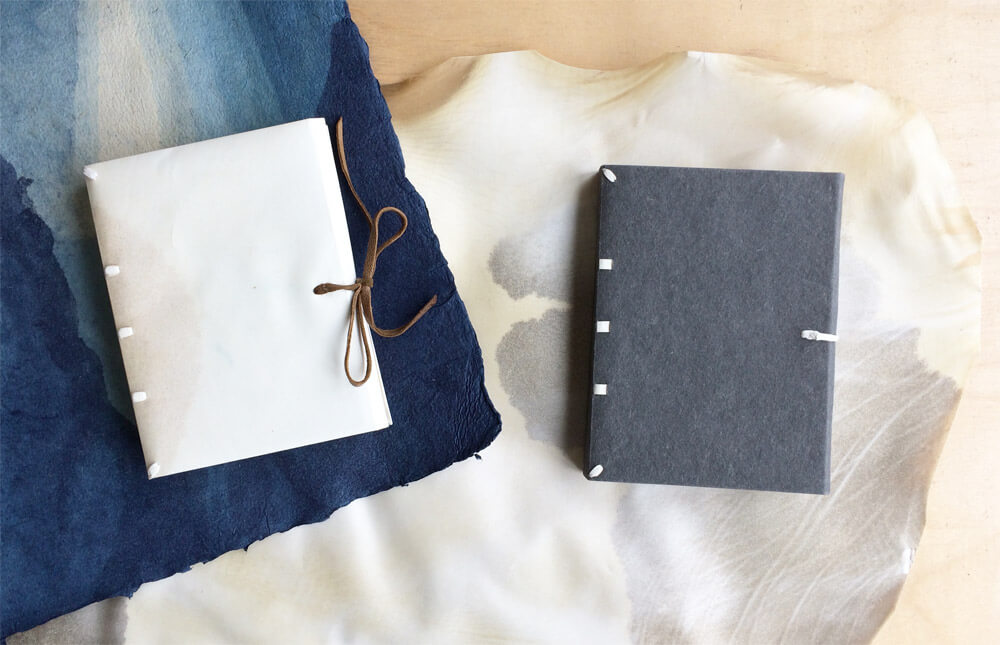
With the advent of printing in the 15th-century books were printed in larger quantities creating a higher demand for bookbinders. Limp binding structures came about as a way for binders to quickly construct an elegant and durable binding for this new demand. This beautiful style of binding is suitable for conservation or new bindings. Guided by Erin Fletcher, students will learn the proper sewing pattern for this structure, create hand-sewn endbands, and how to properly fold the cover before lacing in the text block.
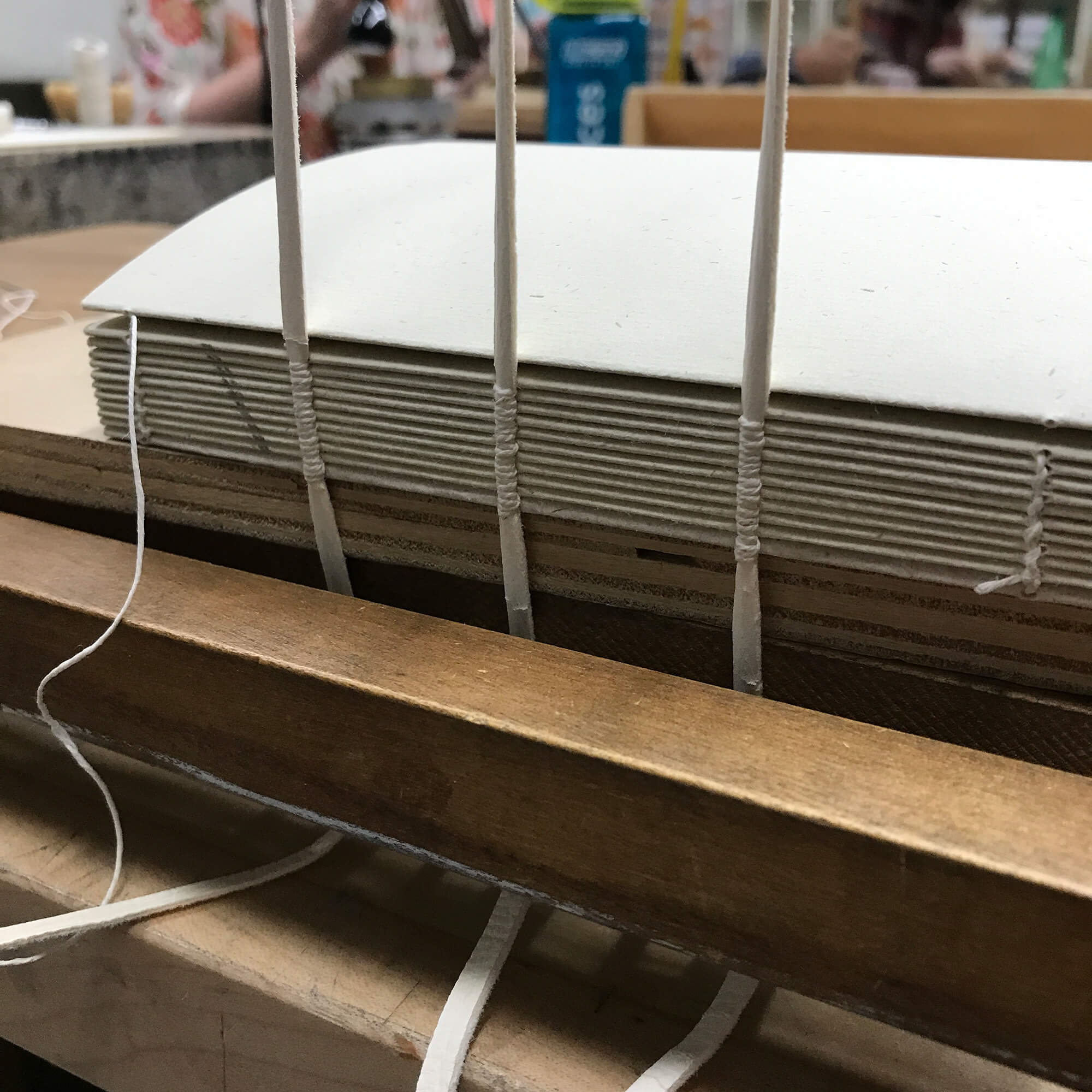
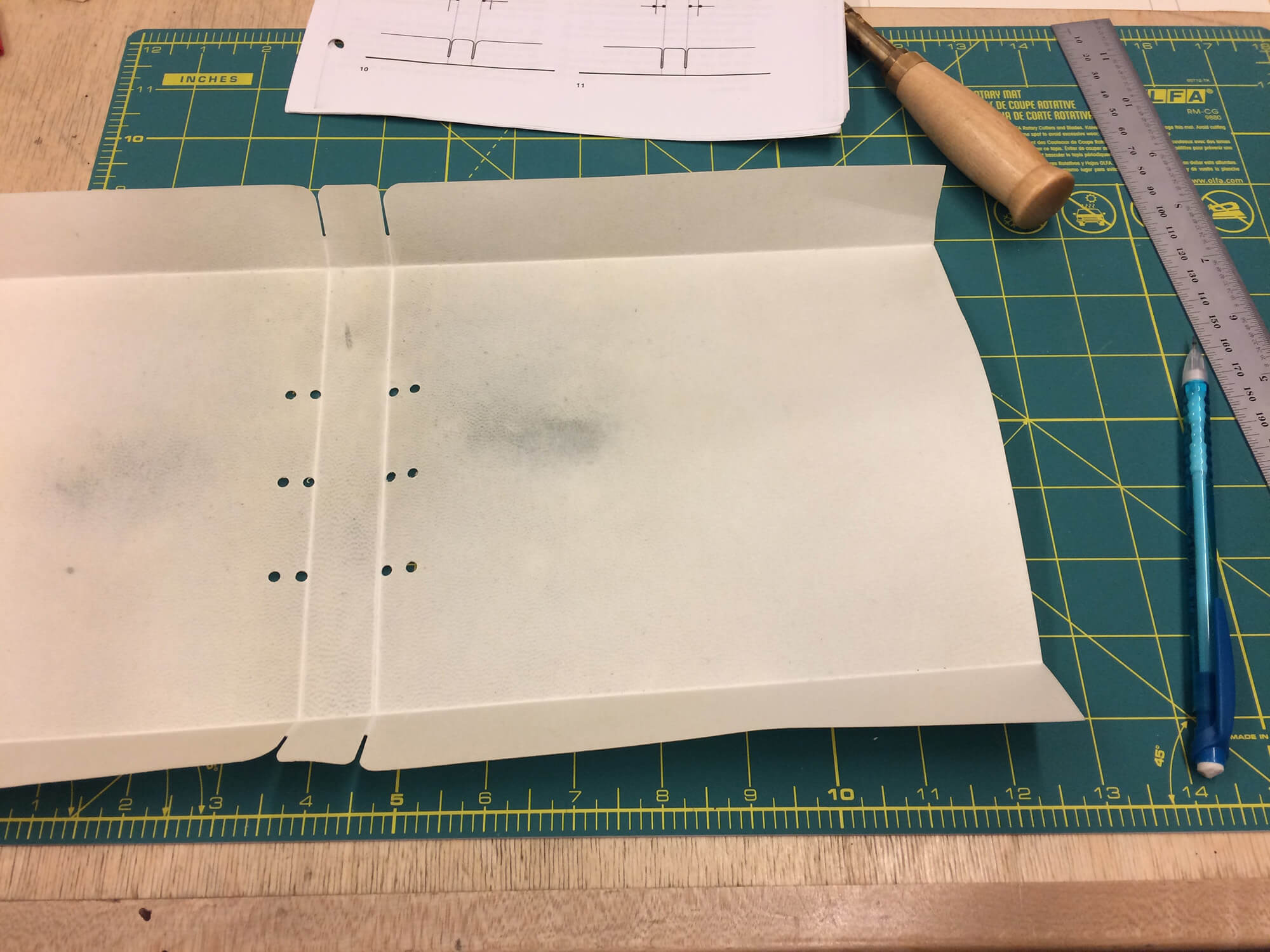
Note: Access to a sewing frame is required to construct this binding. Sewing keys are helpful, but not required.
Tool List:
- Bone folder
- Craft knife (Olfa or X-Axto)
- Cutting mat
- Glue brush – small
- Linen Thread – 18/3
- Japanese Screw Punch or Hollow Punch (need a range of bit sizes 1mm – 4.5mm)
- Pencil
- Pin Vise (size B) or Awl
- Ruler – with metric
- Sewing needles – #18 blunt
- Scissors
- Triangle 45/90/45
- Waste paper
- 16 pieces of scrap paper cut to 10 x 180mm
Optional:
- Beeswax
- Finishing or lying press
- Punching Cradle
Please note – a materials kit is included with the tuition and sent out to students before the class starts.
What is Limp Vellum Binding?
Limp vellum binding is a method of bookbinding that was commonly used in Europe from the Middle Ages through the 18th century. It is characterized by a soft, flexible cover made from vellum, which is a type of animal skin (usually calf or goat) that has been treated and stretched to create a thin, durable material.
The process of creating a limp vellum binding typically involved folding a large sheet of vellum in half to create a single leaf, which was then trimmed and folded into a section of several leaves. The sections were sewn together to form the book block, and the vellum cover was cut to size and attached to the block using a variety of techniques, such as lacing or gluing.
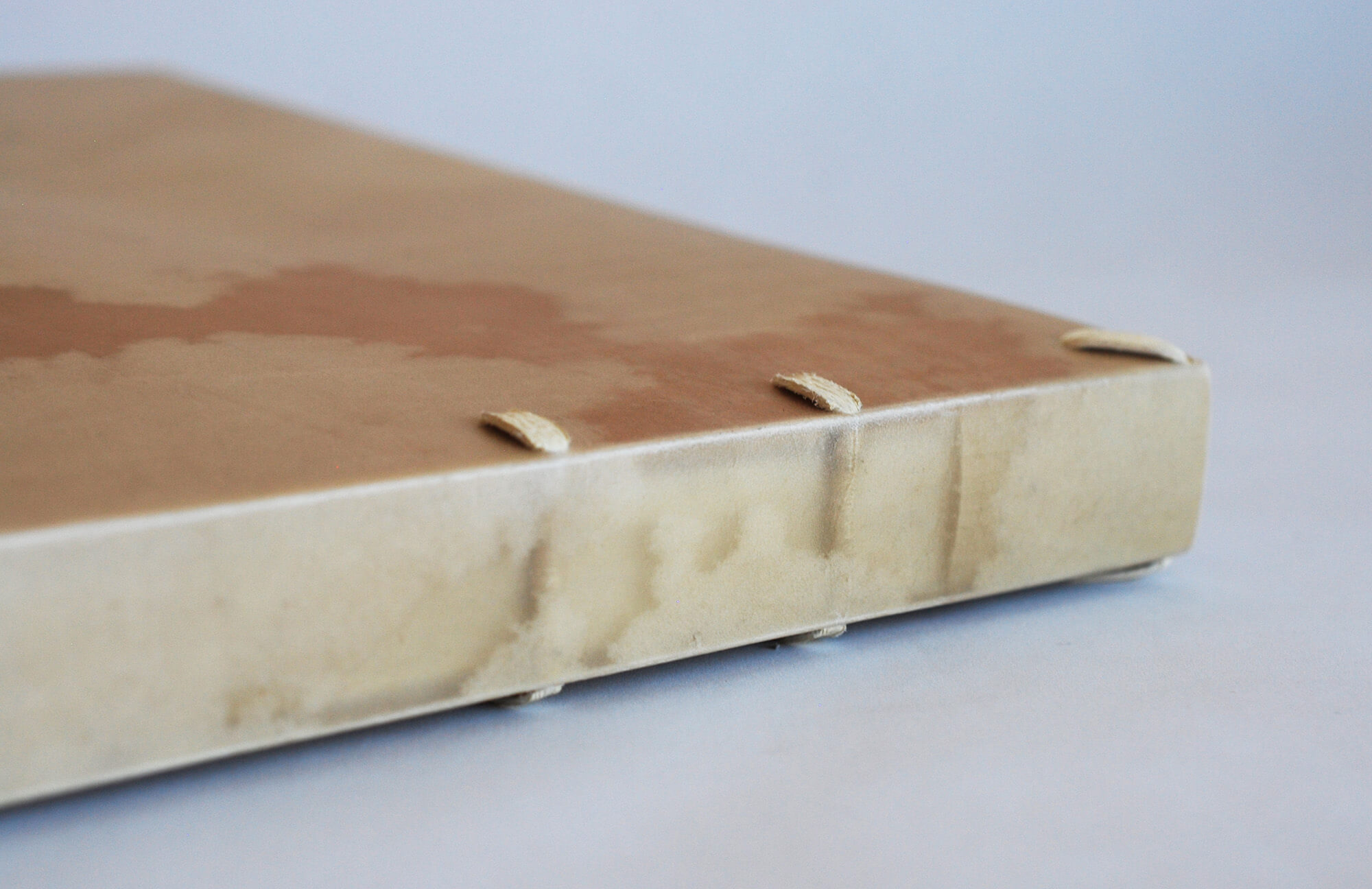
Limp vellum bindings were valued for their durability and flexibility, as well as their elegant appearance. They were often used for religious and scholarly works, as well as for personal libraries of the wealthy and aristocratic. Today, limp vellum bindings are considered a rare and valuable form of bookbinding and are often sought after by collectors and bibliophiles.
All images copyright Erin Fletcher.
Share This

Instructor: Erin Fletcher
Erin Fletcher is a fine binder and book artist who graduated from the North Bennett Street School. She opened Herringbone Bindery in Boston in 2012 and offers a variety of hand bookbinding and box-making services to a range of clients and institutions. She teaches in the Continuing Education department at North Bennet and as a co-teacher for the Middle School Book Arts Program. Her work has been exhibited domestically and internationally, and is held in both private and institution collections.

